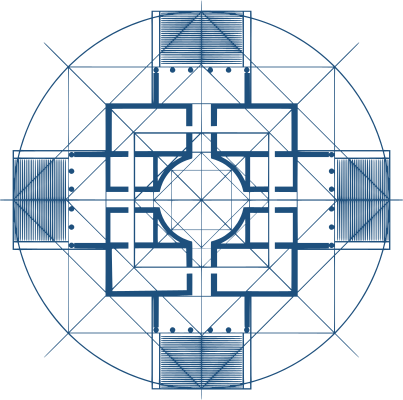Abstract
This paper intends to propose some reflections on the role of artbased educational practices in promoting inclusion processes at school. The reflection starts from the analysis of some data coming from the monitoring of the National Plan of Arts: an educational policy, promoted at national level since 2017, which has allowed hundred of schools to implement practical and theoretical actions for the improvement of artistic skills. From the comparison between the projects dedicated to volunteer or gifted children, with the projects aimed at disadvantaged children, some lines of development emerge that are useful for understanding how art and creativity can be used in educational and inclusiveness processes. From the results, it emerges that emotional involvement, interartistic projects as well as social aspects as intergenerational relationships and connection with different significant adults (e.g. artists) have been considered the most relevant means to shape artistic education for inclusive goals. In addition, direct production, in connection with contemporary youth cultures and digital media practices, have been releaved as innovative practices that teachers have used to bridge a top-down and bottom-up idea of arts, thus opening up to a not normative and inclusive idea of creativity.
Keywords
Download
Taddeo G. (2021) "Art and Creativity for Disadvantaged Students: Data and Reflections from the Italian National Plan of Arts
", Italian Journal of Sociology of Education, 13(3), 67-84. DOI: 10.14658/PUPJ-IJSE-2021-3-4
Year of Publication
2021
Journal
Italian Journal of Sociology of Education
Volume
13
Issue Number
3
Start Page
67
Last Page
84
Date Published
10/2021
ISSN Number
2035-4983
Serial Article Number
4
DOI
10.14658/PUPJ-IJSE-2021-3-4
Section
Articles

 © 2026 Padova University Press - Università degli Studi di Padova
© 2026 Padova University Press - Università degli Studi di Padova